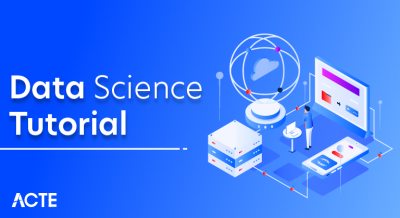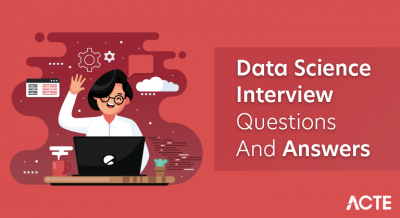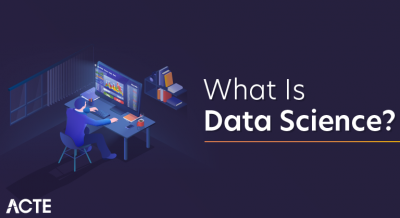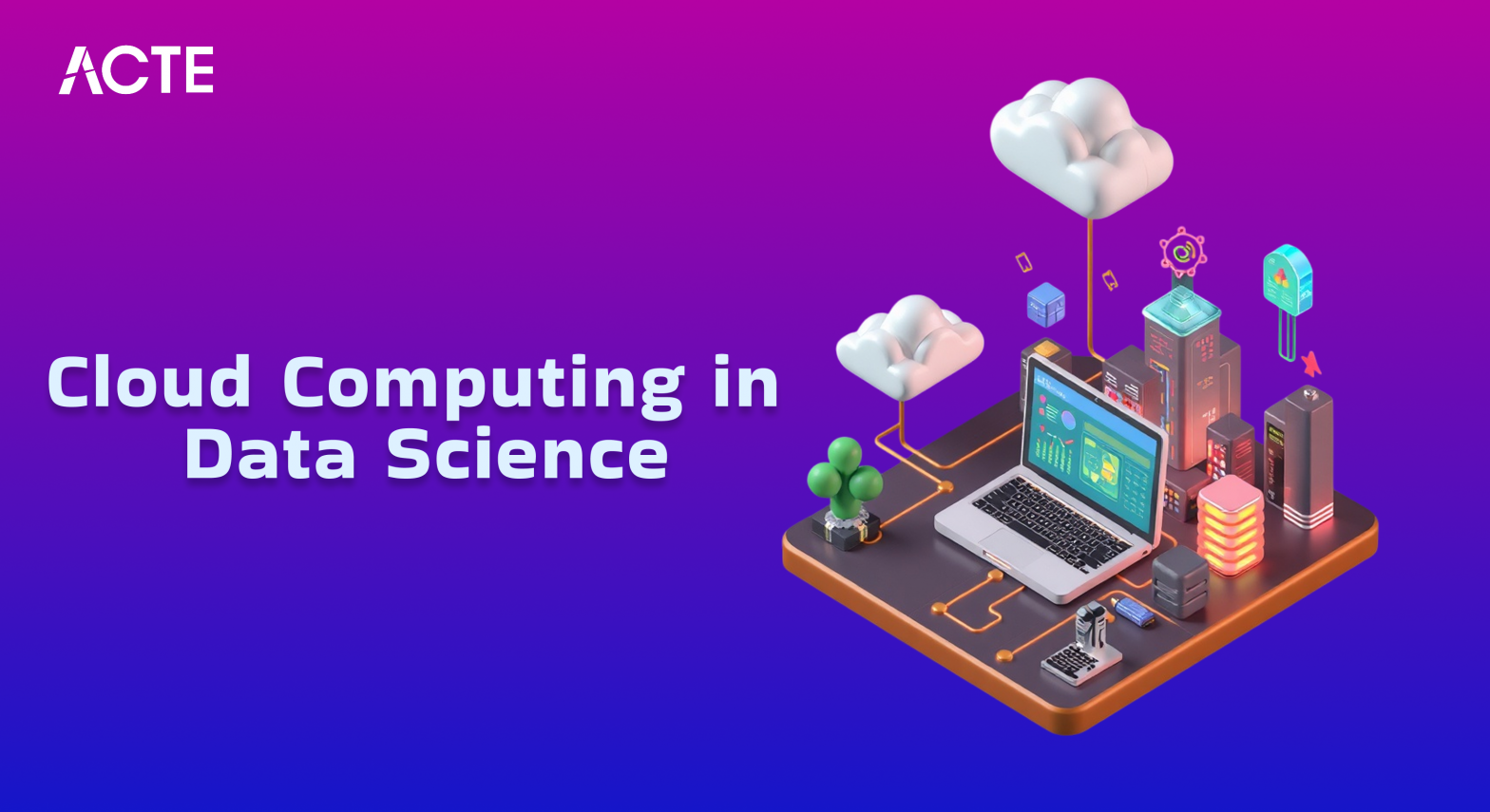
- Introduction to Cloud Computing
- Cloud Service Models (IaaS, PaaS, SaaS)
- Benefits for Data Science Projects
- Data Storage Solutions
- Cloud-based Machine Learning Platforms
- Collaboration and Accessibility
- Cost Efficiency in Cloud Computing
- Scalability and Flexibility
- Security Challenges
- Popular Cloud Providers (AWS, Azure, GCP)
- Real-world Case Studies
- Conclusion
Introduction to Cloud Computing
Cloud computing refers to the delivery of computing services such as storage, servers, databases, and software over the internet, allowing businesses and individuals to access resources without needing to own or maintain physical infrastructure. This technology offers significant advantages, including scalability, where users can easily adjust resources based on demand, reducing costs making it especially valuable for Data Science Training applications. Cloud computing also fosters collaboration, enabling users to access their data and applications from anywhere with an internet connection, which is particularly useful for remote work. With various service models such as Infrastructure as a Service (IaaS), Platform as a Service (PaaS), and Software as a Service (SaaS), cloud computing provides flexible and efficient solutions for businesses to manage their operations, ensuring they only pay for what they use while enhancing productivity and agility.
Would You Like to Know More About Data Science? Sign Up For Our Data Science Course Training Now!
Cloud Service Models (IaaS, PaaS, SaaS)
Cloud services are typically offered in three main models: Infrastructure as a Service (IaaS), Platform as a Service (PaaS), and Software as a Service (SaaS).
- IaaS (Infrastructure as a Service): Provides virtualized computing resources over the internet. Examples include Amazon EC2, Google Compute Engine, and Microsoft Azure VMs. Users manage operating systems, storage, and deployed applications.
- PaaS (Platform as a Service): Supplies an environment for developing, testing, and deploying software applications. Examples are Google App Engine, AWS Elastic Beanstalk, and Microsoft Azure App Services. Developers focus on the app without worrying about underlying infrastructure this setup also aligns with What is Data Engineering insight as it emphasizes streamlined data workflows and infrastructure abstraction.
- SaaS (Software as a Service): Delivers software applications over the Internet on a subscription basis. Examples include Salesforce, Microsoft 365, and Google Workspace. Users access the applications via a web browser without worrying about installation or maintenance.
Each model offers varying levels of control, flexibility, and management. Choosing the right model depends on the needs of the business and the type of workload.
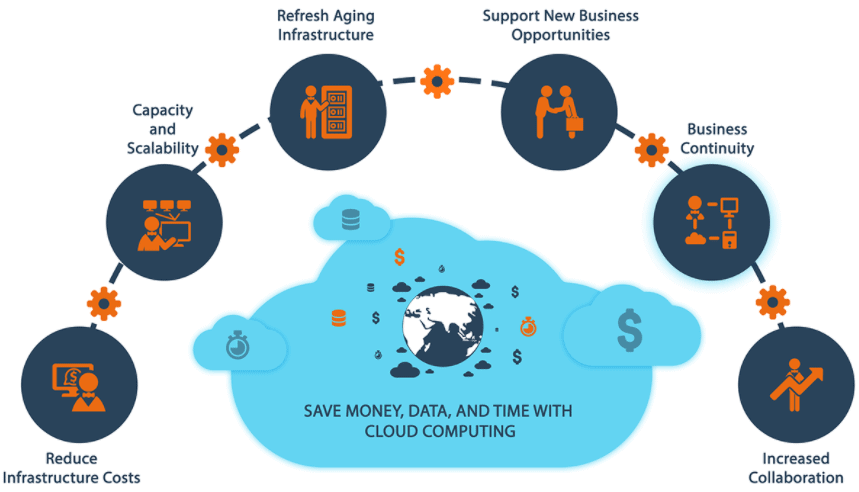
Benefits for Data Science Projects
Cloud computing offers significant benefits for data science projects by providing scalability, cost-effectiveness, and enhanced collaboration. Data scientists can easily scale computational resources to handle large datasets and complex algorithms without being limited by local infrastructure, allowing them to work on projects of varying sizes an approach also recommended in many Python Project Ideas for beginners guide resources. The pay-as-you-go model of cloud platforms eliminates the need for expensive hardware investments and reduces maintenance costs, making it a cost-effective solution. Additionally, cloud platforms enable real-time collaboration among data science teams, regardless of their location, by offering centralized storage and access to data and tools. Cloud services also provide powerful machine learning and AI tools, simplifying the development process with pre-built algorithms and frameworks, so data scientists can focus on solving problems rather than managing infrastructure. Overall, cloud computing enhances the efficiency, flexibility, and productivity of data science projects.
Data Storage Solutions
-
Cloud Storage
- Offers scalable, on-demand storage through services like Amazon S3, Google Cloud Storage, and Microsoft Azure.
- Provides easy access to data from anywhere with an internet connection.
- Reduces costs as users only pay for the storage they use. Network Attached Storage (NAS)
- A centralized storage solution connected to a network, allowing multiple users or devices to access data.
- Ideal for small to medium-sized businesses needing shared access to files.
- Easy to set up and manage, providing good security features. Storage Area Network (SAN)
- A high-performance storage system connecting multiple servers to large storage arrays, typically used by large enterprises.
- Provides fast data access, high reliability, and disaster recovery capabilities.
- Suitable for high-demand applications like databases and virtualization. External Hard Drives & SSDs
- Physical, portable storage devices that can be connected to a computer or server via USB or other ports.
- Ideal for personal backups, small businesses, or short-term storage needs.
- Offers high-speed data transfer with SSDs being faster than traditional hard drives. Object Storage
- A data storage architecture that manages data as objects rather than files or blocks.
- Commonly used in cloud storage and large-scale applications, providing easy data management and high durability.
- Ideal for unstructured data like images, videos, and backups. Database Storage
- Specialized storage designed for databases, offering optimized access and management for structured data.
- Includes relational (SQL) and non-relational (NoSQL) database solutions.
- Provides fast data retrieval and high availability for business-critical applications. Hybrid Storage Solutions
- Combines on-premises storage with cloud storage, offering flexibility, enhanced performance, and cost optimization.
- Provides businesses with the option to keep sensitive data on-site while utilizing the cloud for scalability.
- Ideal for enterprises with both high security and performance needs. Tape Storage
- A traditional and cost-effective solution for archiving large amounts of data, typically used for backups and disaster recovery.
- Offers high capacity but slower access times compared to other storage types.
- Ideal for long-term storage where quick retrieval is not critical.
These various data storage solutions provide a wide range of options depending on the needs of individuals or businesses, from high-speed access to large-scale backups.
Cloud-based Machine Learning Platforms
Cloud-based machine learning platforms provide scalable, flexible, and cost-effective solutions for developing, training, and deploying machine learning models. Services like Google AI Platform, AWS SageMaker, and Microsoft Azure Machine Learning offer pre-built algorithms, frameworks, and high-performance computing resources, allowing users to access powerful GPUs and CPUs without the need for costly hardware experience that can be highly valuable when looking to Build Data Scientist Resume content that stands out. These platforms streamline the development process with integrated tools for data preprocessing, feature engineering, and automated machine learning (AutoML), enabling faster model creation. Additionally, they facilitate collaboration by providing centralized environments for storing data, sharing results, and managing model versions, regardless of team location. By eliminating the need for on-premises infrastructure, cloud-based machine learning platforms allow organizations to focus on solving complex problems while ensuring scalability and efficiency in their machine learning workflows.
Collaboration and Accessibility
Collaboration and accessibility are key advantages of cloud-based tools, particularly for remote teams and distributed work environments. Cloud platforms like Google Drive, Microsoft OneDrive, and Slack enable seamless real-time collaboration by allowing team members to access, share, and edit documents or data from any location, on any device an essential practice often highlighted in a comprehensive What is Data Science guide. This ensures that all team members can contribute simultaneously, improving efficiency and productivity. The flexibility to work from anywhere, combined with the ability to access data and applications remotely, increases convenience and supports a better work-life balance. Additionally, cloud services offer version control and real-time updates, ensuring teams are always working with the most current information, which streamlines decision-making and enhances overall teamwork. Ultimately, cloud technology makes collaboration more inclusive, responsive, and effective, regardless of team members’ physical locations.
Want to Pursue a Data Science Master’s Degree? Enroll For Data Science Masters Course Today!
Cost Efficiency in Cloud Computing
-
Pay-as-You-Go Model
- Cloud computing operates on a pay-as-you-go pricing structure, meaning businesses only pay for the resources they actually use, reducing upfront costs and eliminating the need for large capital investments in hardware. Scalability and Flexibility
- Cloud platforms allow businesses to scale their resources up or down based on demand, ensuring they only use and pay for what they need. This flexibility helps avoid over-provisioning and underutilization of resources. Reduced Infrastructure Costs
- Cloud eliminates the need for organizations to purchase and maintain physical servers, storage devices, and networking hardware, which significantly reduces both capital and operational expenses. Lower Maintenance and Management Costs
- With cloud services, infrastructure management, maintenance, and updates are handled by the cloud provider, freeing up internal resources and reducing the need for dedicated IT staff to manage physical systems. Energy Savings
- Cloud providers operate large, efficient data centers, often utilizing advanced cooling and energy-efficient technologies, which helps reduce energy costs compared to maintaining on-site servers a factor indirectly influenced by evolving Data Analyst Salary Trends in United States as demand for cloud-based analytics continues to grow. Optimized Resource Usage
- Cloud services offer advanced monitoring and automation tools that ensure optimal resource allocation, helping businesses avoid waste and inefficiency while keeping costs under control. Reduced Software Licensing Costs
- Many cloud platforms include software licenses as part of their services, removing the need for organizations to purchase and manage individual software licenses. Faster Time-to-Market
- By leveraging cloud infrastructure, companies can quickly deploy and test new applications, products, or services, reducing development time and accelerating revenue generation.
- Market Leader: AWS is the largest and most widely adopted cloud service provider globally, offering a comprehensive suite of services.
- Key Features: Includes compute, storage, databases, machine learning, and analytics tools.
- Scalability: Offers flexible, on-demand scalability with a vast global infrastructure.
- Target Users: Suitable for startups, enterprises, and everything in between, offering a wide range of services and products.
- Security: Provides strong security features such as identity and access management (IAM), encryption, and network security. Microsoft Azure
- Integration with Microsoft Products: Azure is particularly beneficial for organizations using Microsoft products like Windows Server, SQL Server, and Office 365, offering deep integration.
- Hybrid Cloud: Known for its hybrid cloud solutions, Azure enables businesses to connect on-premises data centers with cloud resources.
- Key Features: Offers services like AI, IoT, and data analytics, along with traditional cloud infrastructure.
- Target Users: Popular among enterprises, especially those with existing Microsoft technology stacks.
- Security: Features robust security measures with built-in compliance for various industry standards. Google Cloud Platform (GCP)
- Data and AI Expertise: GCP is known for its strength in big data, analytics, and machine learning, leveraging Google’s expertise in AI and data-driven technologies.
- Key Features: Includes services for computing, data storage, cloud networking, and machine learning, with tools like BigQuery for data analysis supporting innovative applications such as Data Analytics in Healthcare to drive insights and improve patient outcomes.
- Scalability: Offers strong scalability and global reach through Google’s extensive network infrastructure.
- Target Users: Ideal for developers, data scientists, and companies focused on AI, analytics, and machine learning.
- Security: Provides high-security standards, including advanced encryption and access controls.
These factors combined make cloud computing a highly cost-effective solution, allowing organizations to maximize resource usage while minimizing unnecessary expenses.
Scalability and Flexibility
Scalability and flexibility are key advantages of cloud computing, allowing businesses to quickly adjust resources based on changing demands. Cloud platforms like AWS, Microsoft Azure, and Google Cloud offer on-demand services, enabling companies to scale up or down in terms of storage, processing power, and network capacity without the need for significant upfront investments in physical infrastructure. This flexibility ensures that businesses only pay for what they use, avoiding the costs associated with over-provisioning while also enabling professionals to focus on developing Essential Data Analyst Skills without being constrained by infrastructure costs. Additionally, cloud environments support hybrid and multi-cloud models, offering further customization and integration with existing on-premises systems. As a result, organizations can tailor their IT infrastructure to meet specific needs while maintaining cost-efficiency, performance, and the ability to adapt to growth or fluctuations in demand.
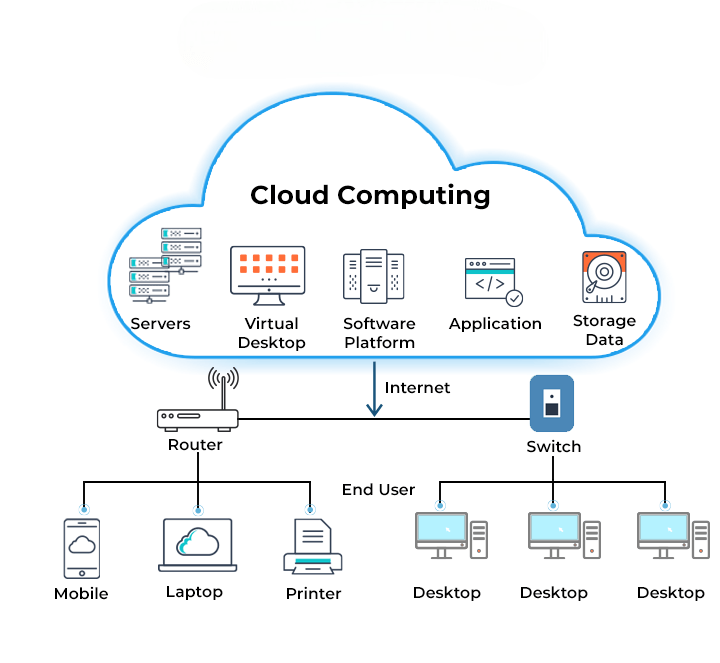
Security Challenges
Cloud computing, while offering significant benefits, also presents several security challenges. One primary concern is data privacy, as sensitive information is stored off-site with third-party providers, requiring trust that the data will be properly secured and compliant with regulations like GDPR and HIPAA. Data breaches are another risk, as cloud services accessed over the internet can be vulnerable to cyberattacks, and securing data becomes a shared responsibility between the provider and the customer. Insider threats also pose a risk, with employees or contractors potentially misusing their access privileges. Additionally, misconfigurations or inadequate security practices, particularly in complex cloud infrastructures, can expose vulnerabilities. Service availability and disaster recovery are also key concerns, requiring businesses to ensure that their cloud provider has strong backup and continuity protocols in place, especially when supporting critical functions like Data Science Training To mitigate these risks, organizations must implement robust encryption, access controls, and collaborate with cloud providers to ensure their data remains secure.
Popular Cloud Providers (AWS, Azure, GCP)
Amazon Web Services (AWS)These three cloud providers AWS, Azure, and GCP, offer distinct advantages, with AWS leading in market share, Azure excelling in hybrid cloud solutions, and GCP specializing in data and AI-driven services. Each has unique offerings tailored to different organizational needs.
Real-world Case Studies
- Netflix: Uses AWS for global content delivery, big data analytics, and disaster recovery.
- Airbnb: Runs its entire platform on AWS, leveraging cloud scalability to manage millions of users.
- Spotify: Migrated to Google Cloud for its data analytics and machine learning needs.
- Johnson & Johnson: Utilized Azure cloud for digital transformation, improving healthcare outcomes through advanced analytics.
These case studies illustrate how cloud computing empowers organizations to innovate, scale efficiently, and serve customers better.
Conclusion
Cloud computing has revolutionized how organizations operate, innovate, and deliver value by offering flexible service models like Infrastructure as a Service (IaaS), Platform as a Service (PaaS), and Software as a Service (SaaS), allowing businesses to access powerful computing resources without large upfront investments. In data science, it provides major advantages such as scalable storage, access to advanced machine learning tools, improved collaboration, and faster time-to-insight. These capabilities help organizations process large volumes of data more efficiently and extract valuable insights quickly. While concerns about data privacy and security persist, many of these challenges can be effectively managed by following best practices and leveraging cloud-native security tools like encryption, identity management, and continuous monitoring. As cloud technology evolves alongside trends like edge computing, serverless architectures, and AI integration, its role becomes even more central to digital transformation, particularly in supporting scalable and efficient Data Science Training This advancement allows organizations to deploy intelligent, scalable solutions faster and at a lower cost. Whether you’re an individual data scientist, a startup, or a large enterprise, embracing cloud computing is essential to remain competitive, agile, and innovative in today’s fast-paced digital environment. It enables experimentation, accelerates development, and supports seamless collaboration, making it a critical enabler of success in modern business and scientific domains.


